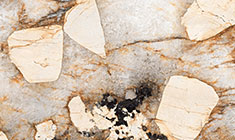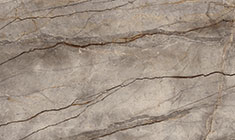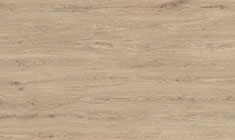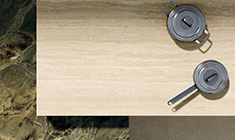The Italian Cultural Institute in Paris presents for the first time in France an unpublished collection of Ghirri's photographs, kept for decades in the archives of the Marazzi ceramic company in Emilia
As part of the "À Paris pendant Paris Photo" itinerary of Paris Photo 2021, from 10 November to 21 December 2021, the Italian Cultural Institute of Paris presents Luigi Ghirri. Les années Marazzi 1975 – 1985, edited by Ilaria Campioli. The exhibition – the second appointment of an exhibition project that had its first stop at the Palazzo Ducale, the Ducal Palace in Sassuolo (Modena, Italy) from 16 September to 31 October – showcases for the first time in France a set of almost completely unpublished photographs by Luigi Ghirri between the 1970s and 1980s for the ceramic company Marazzi. The exhibition celebrates one of the most important masters of Italian photography on an international level.
The exhibition project, made possible thanks to the collaboration between Italian Cultural Institute, Archivio Luigi Ghirri and Marazzi Group represents a new step in the important operation of valorisation Marazzi has launched thanks to the sharing of a unique cultural experience. It adds new elements to our knowledge of the work and research of an absolute master of Italian photography, loved all over the world.
"It is a great honour for us to host the work of one of the greatest Italian photographers of the 20th century," says Diego Marani, Director of the Italian Cultural Institute in Paris: "This important operation of valorisation undertaken by Marazzi allows us to exhibit unpublished works that have hardly ever been presented to the public, in an important international context such as Paris Photo 2021.
" Everything takes place within a few kilometres, in the heart of Emilia, a region in northern Italy with a strong industrial vocation. Luigi Ghirri (1943) was born in Scandiano in the province of Reggio Emilia, but when he was three years old he moved a few kilometres away to the residence of Collegio San Carlo in Sassuolo, in the hamlet of Braida, a large neoclassical building converted into a home for displaced persons during the war. From the residence, every morning, most of the women and men take their bikes and go to work in the nearby ceramic factories. One of these was Marazzi, founded in Sassuolo in 1935 by Filippo Marazzi. In this area between Modena and Reggio Emilia, where the photographer always returns and where many of his seminal projects were born, Luigi Ghirri met Marazzi for the first time. In 1975 Ghirri crossed the threshold of the company: he was in a phase of growth and experimentation that would lead in 1979 to his first major personal exhibition in Parma.
In ten years Ghirri created an important body of works for Marazzi, almost entirely free from the canons of advertising images and extremely consistent with the artistic and visual research and themes dear to the photographer in those years: the surface, the common object, the project, the landscape, light as a genius loci.
The exhibition opens in the hall of mirrors with photographs in which ceramics becomes a geometric grid that defines spaces through miniatures, changes of perspective and small optical illusions. Alongside these images are those dedicated to ideal architecture and fragments of classical aesthetics that once again dialogue with grids of tiles whose geometric and diverting effect is heightened by the use of mirrors and reflections, in a continuous questioning of vision and its thousands of declinations. In the next room, the picture gallery, colours dominate, first the tones of cotto – background for the hourglass, the checkers, the egg, the cactus – and then the images in which the instruments of childhood learning – the abacus, the coloured pencils, the blackboard – are the protagonists, alongside those of play (the ball) and imagination (a rainbow supported by the shadow of a hand).
"In his production for Marazzi, Luigi Ghirri places ceramics within a broader reflection on representation", explains Ilaria Campioli, curator of the exhibition – "Surfaces become part of that system of measuring and reducing the world to scale that was so important for the author in those years. The combination of the different planes and the grids allow him to deepen his reflection on knowledge and learning, as if they were a sheet of paper on which he could learn to write and draw each time."
Discover more
www.ghirri.marazzi.it
www.iicparigi.esteri.it
www.archivioluigighirri.com











































